
The medial collateral ligament is a major and one of the most important ligaments that provide with knee stability and allow certain movements in the knee joint. It is located in the inner side of the knee, stretching from the thigh bone and ending at the top of the shin bone. Its role is to prevent excessive opening of the knee i.e. excessive widening of the inner part of the knee joint. By doing so, the medical collateral ligament is a mighty warrior against a valgus deformity (the outward angulation of the farthest part of the bone or the joint).
Other Ligaments
Apart from the medial collateral ligament, the knee stability additionally depends on several more ligaments including the anterior and posterior cruciate ligaments as well as lateral collateral ligaments.
The Medial Collateral Ligament Injury
There are several types of injury to the medial collateral ligament. They can all be classified into three grades depending on the extent and seriousness of the injury.
Grade 1 injury (grade one tear) is actually an incomplete tear of the ligament. The ligament is, fortunately, only partially damaged and the symptoms and signs of the injury are minimal. Patients complain about pain, discomfort and pressure at the injured site. The recovery is complete, lasting no longer than a couple of weeks. Grade 2 injury or tear is more complex. It is characterized by knee instability when it comes to pivoting. Pain and swelling are more prominent and the one recovers after 3-4 weeks. Finally, grade 3 injury (tear) represents a complete tear of the medial collateral ligament and loss of function of the joint. The knee is unstable and one needs to wear an immobilizer or braces until the ligament completely heals.
Causes of Injury
Injury to the medial collateral ligament occurs due to inappropriate bending of the knee while landing. It can also develop as a result of bending associated with high point of impact. Furthermore, the injury is related to certain sports like soccer, rugby and skiing.
Treatment
Treatment for medial collateral ligament injury generally depends on the grade of the injury. Grade 1 injuries heal spontaneously with adequate rest and application of cold compresses. One may additionally benefit from anti-inflammatory medications. The same treatment is used in case of grade 2 injuries with additional bracing. The injured individual is recommended a hinged knee brace or cohesive bandage. Complete tear of the ligament is treated surgically. After surgical correction of the tear, patients wear knee braces and slowly engage in physical therapy.






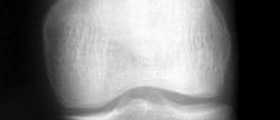


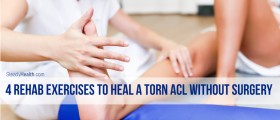

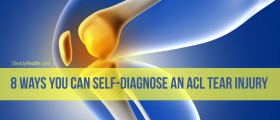
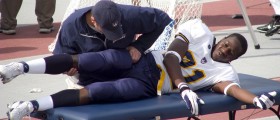

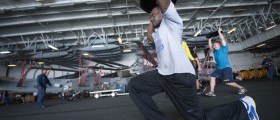
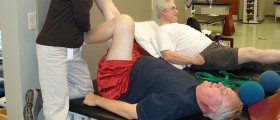
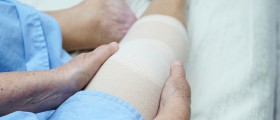
Your thoughts on this
Loading...